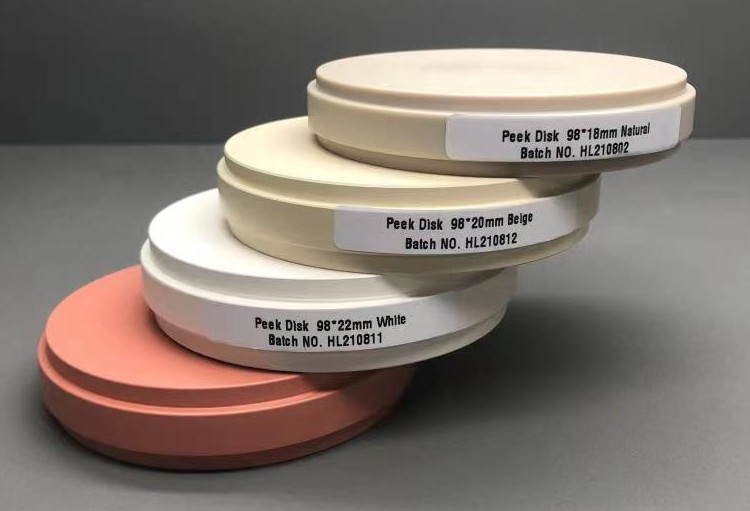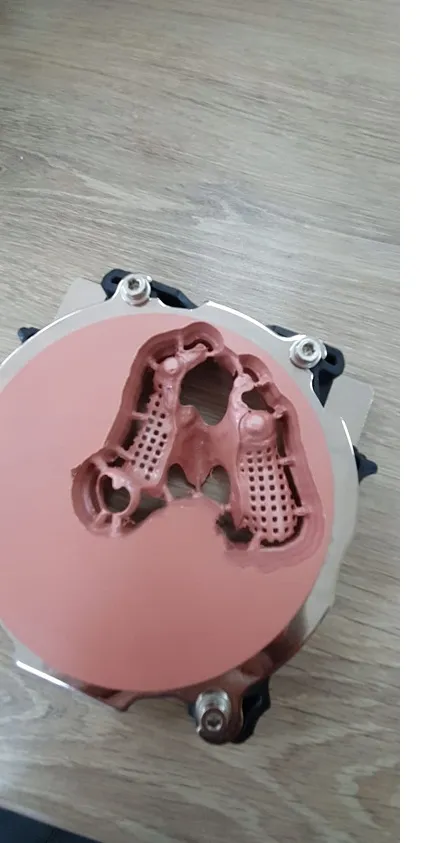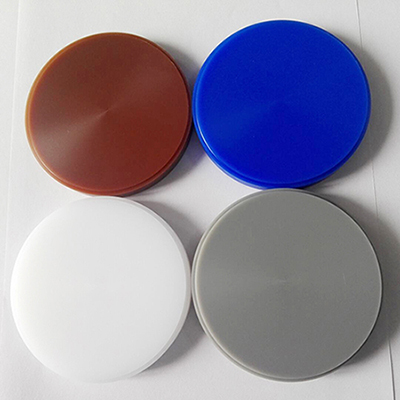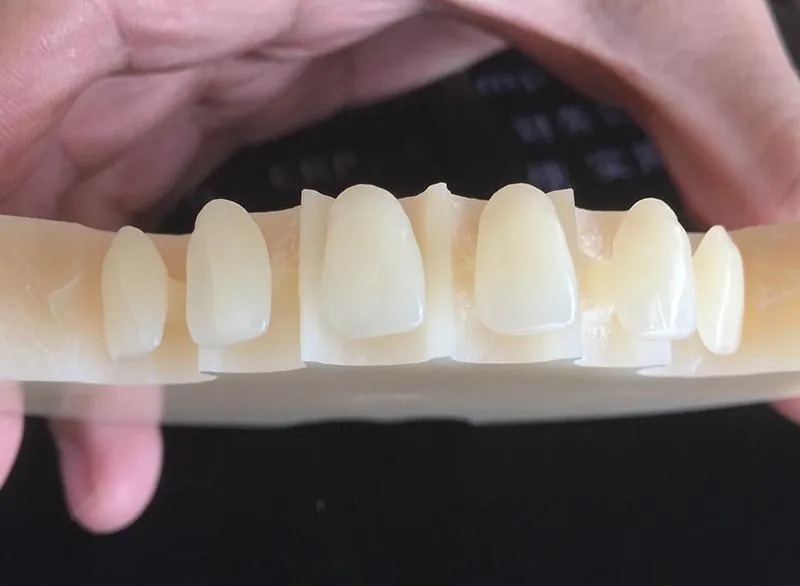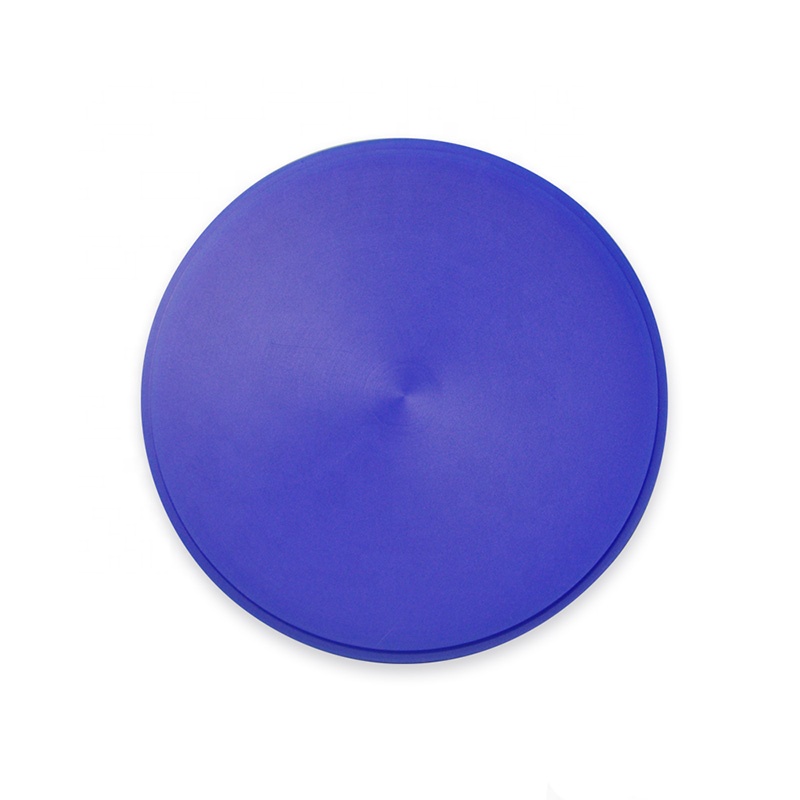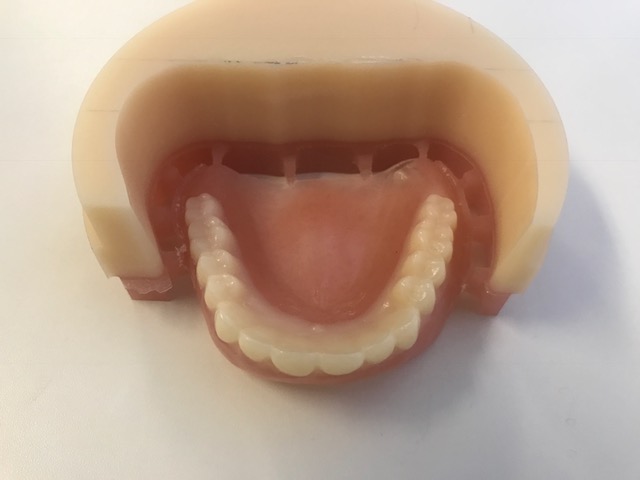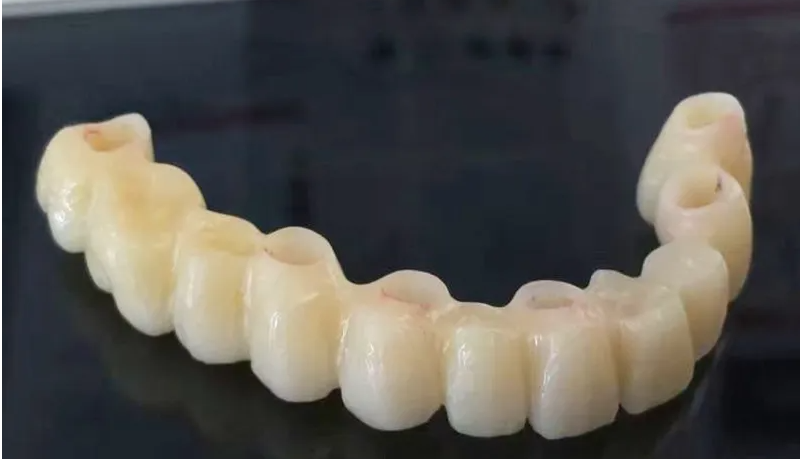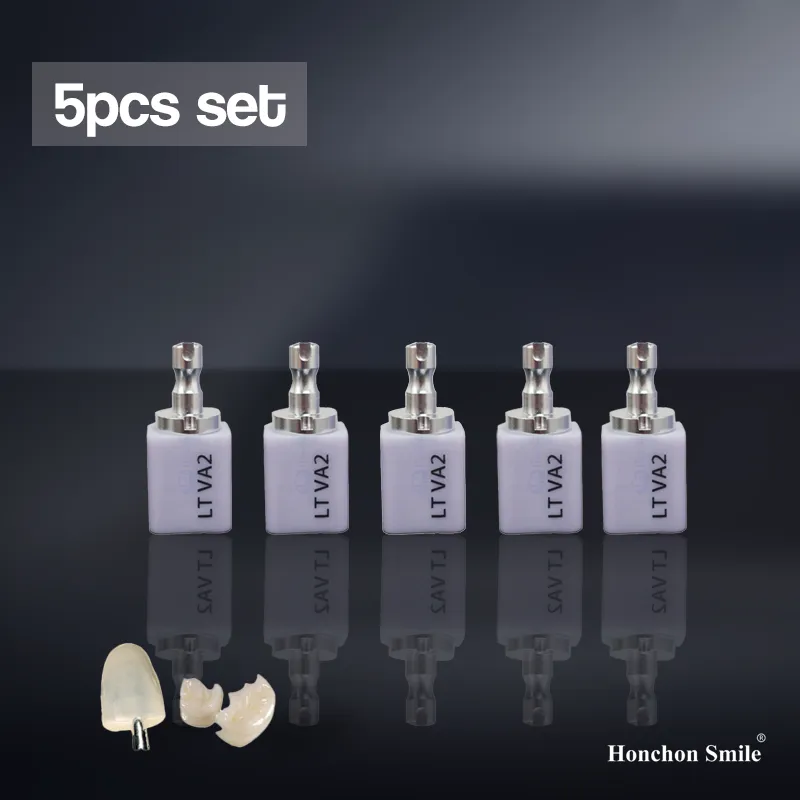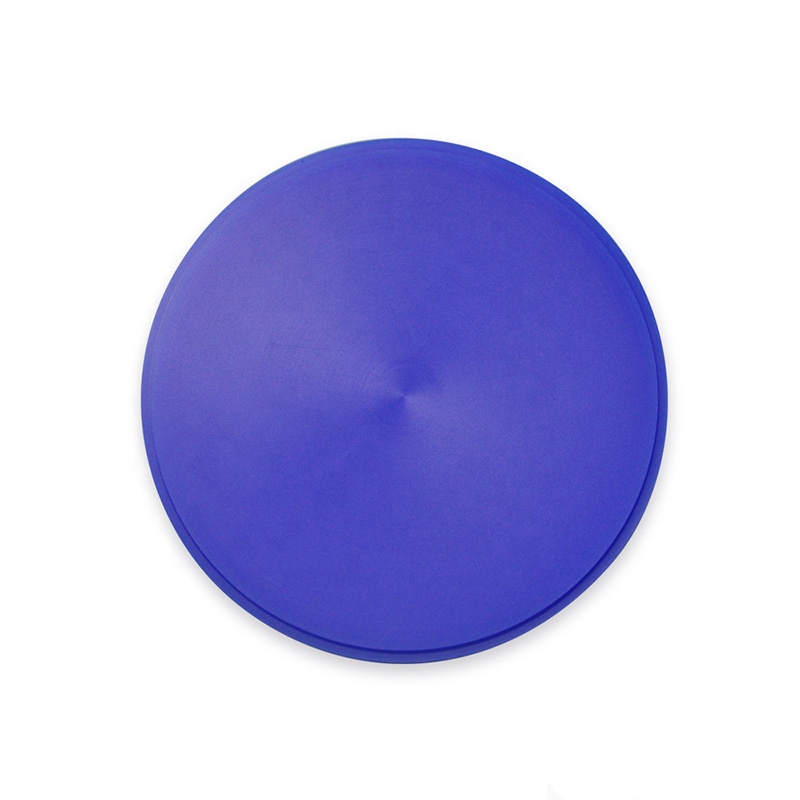The Potential of Polyetheretherketone (Peek) in Dentistry
2024-04-08
The Potential of Polyetheretherketone (Peek) in Dentistry
The long-term success of dental implants depends largely on minimising the amount of marginal bone loss during functional loading. Titanium and its alloys and zirconium dominate the field of implant materials in dental practice today, but even these materials have a number of disadvantages, one of which is the modulus of elasticity. The result is that it may lead to bone loss around the implant.
The dental industry is always looking for better materials to compensate for the shortcomings of existing materials, so a new material has emerged: polyetherketone (PEEK). It is a biocompatible polymer that has achieved impressive results in a variety of scientific applications. Thanks to its robustness, this material is gaining more and more supporters and customers in the field of restorative dentistry.
In this article we look at the properties, advantages and modifications of PEEK materials and the different uses of PEEK in various dental specialities.
Properties
PEEK is a high temperature thermoplastic, semi-crystalline material with a high melting point. another great advantage of PEEK is that it does not wear relative to natural teeth. Its biocompatibility and biostability are supported by the FDA.
PEEK modified with zirconia nanoparticles shows the lowest wear properties and frictional resistance compared to pure PEEK. There is no evidence that PEEK is mutagenic or cytotoxic to human organs, suggesting that PEEK is biocompatible and is considered an alternative to other materials currently used in dentistry.
Alternative materials
PEEK can be used as an alternative material for implants; PEEK is more resistant to fracture than zirconia and ceramics and can be easily modified by incorporating other materials. When reinforced with fibres, PEEK can reduce stress shielding compared to conventional metal implants.
The tensile properties of PEEK are also similar to those of bone, enamel and dentin. As a result, this material has less stress shielding than titanium and is considered by some researchers to be a good alternative material. HONCHON SMILE offers peek blocks and welcome to visit us.
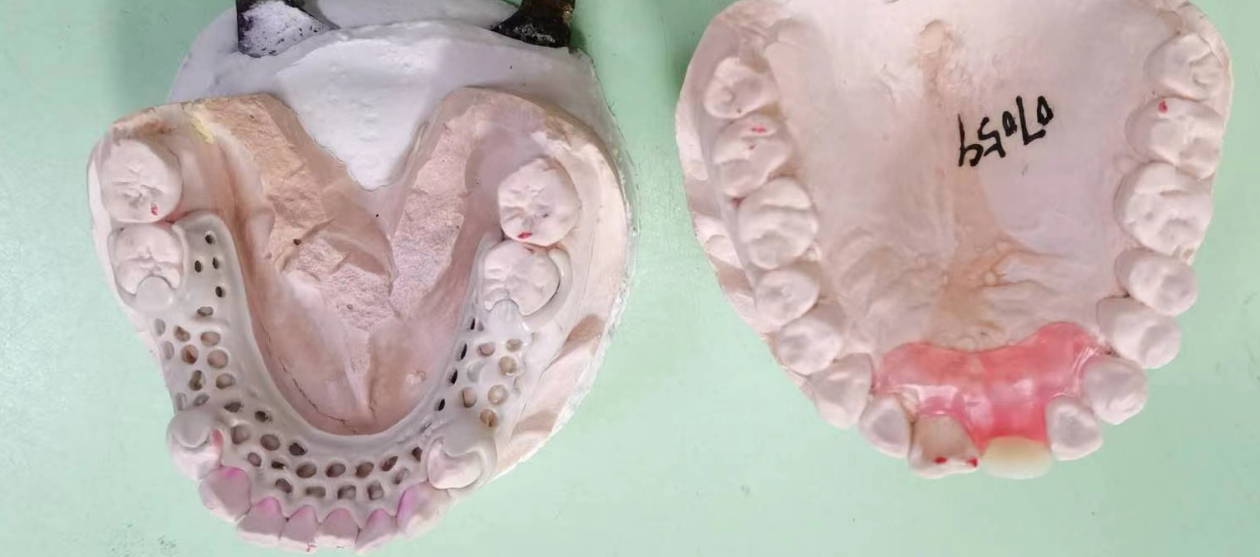
Restorative uses
PEEK has a very high fatigue strength and is suitable for use as implant superstructures, implant support bars and clamps for removable restorations, and temporary abutments for fixed prostheses. PEEK reinforced with other inorganic fillers can potentially be used as a crown and bridge material. However, unmodified PEEK is inherently hydrophobic and therefore unmodified PEEK requires the addition of fillers to reduce the contact angle in order to obtain hydrophilic properties.
Due to its greyish-brown colour, PEEK is not suitable for the overall aesthetic restoration of anterior teeth and a more aesthetically pleasing composite should be used as a coating to achieve an aesthetically pleasing result. Being a soft and ductile material, PEEK can yield and adapt well. For load retention, PEEK would be a suitable material for use as a telescopic crown on zirconia crowns.
Conclusion
Due to their high quality mechanical properties, PEEK materials can be considered promising as a replacement for metals such as titanium and zirconium in the future. Modified PEEK materials show better properties than unmodified PEEK. While PEEK has been used as a pioneering material in spine, orthopaedics and sports medicine, the use of PEEK polymer materials in dental practice has not yet gained momentum. Clinical research still needs to be intensified.
For now, if you would like to use peek materials, please contact our experts for advice.


